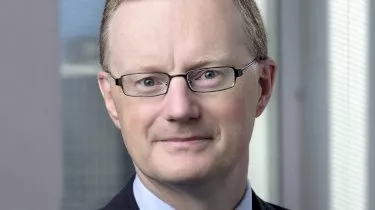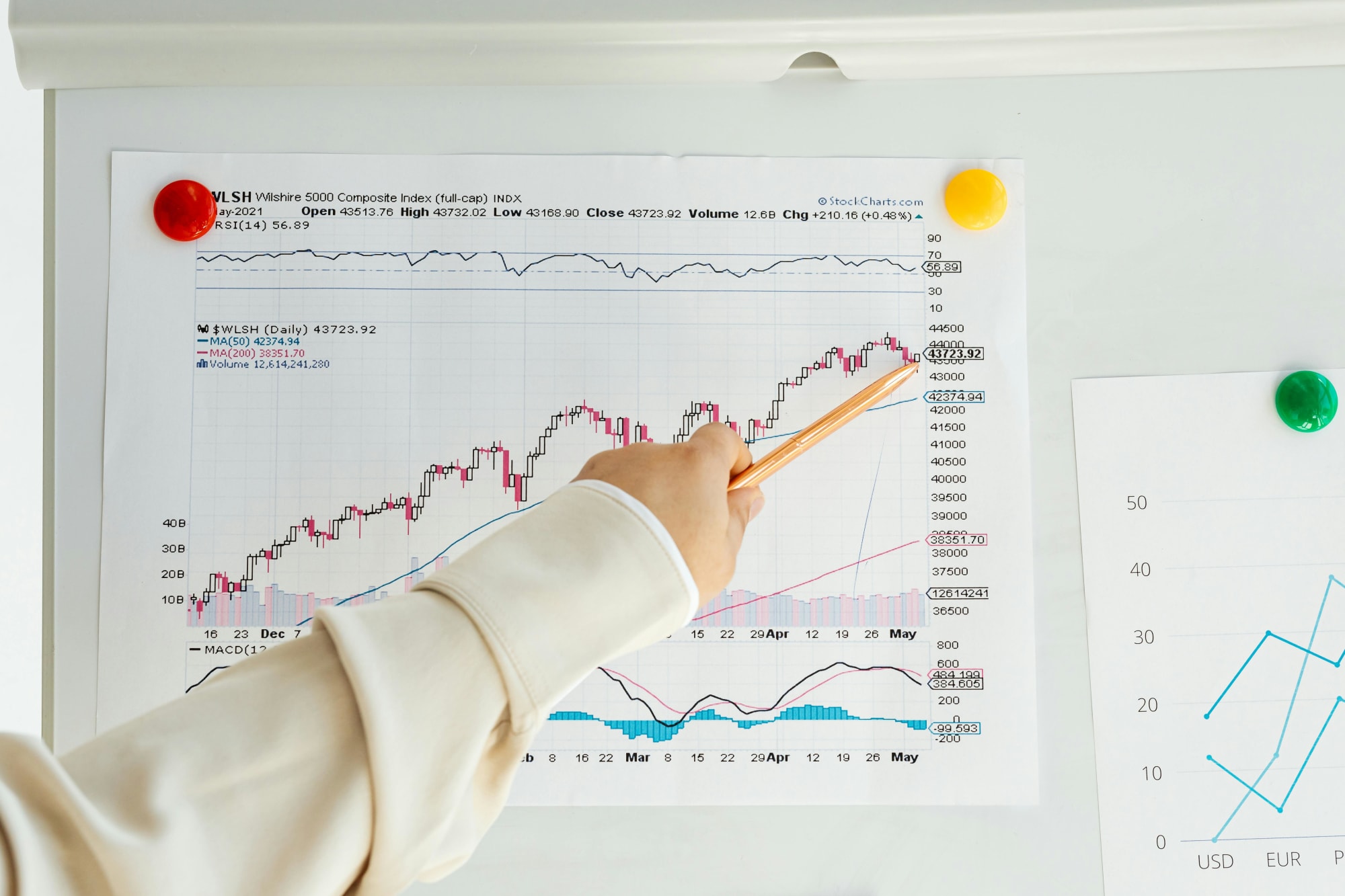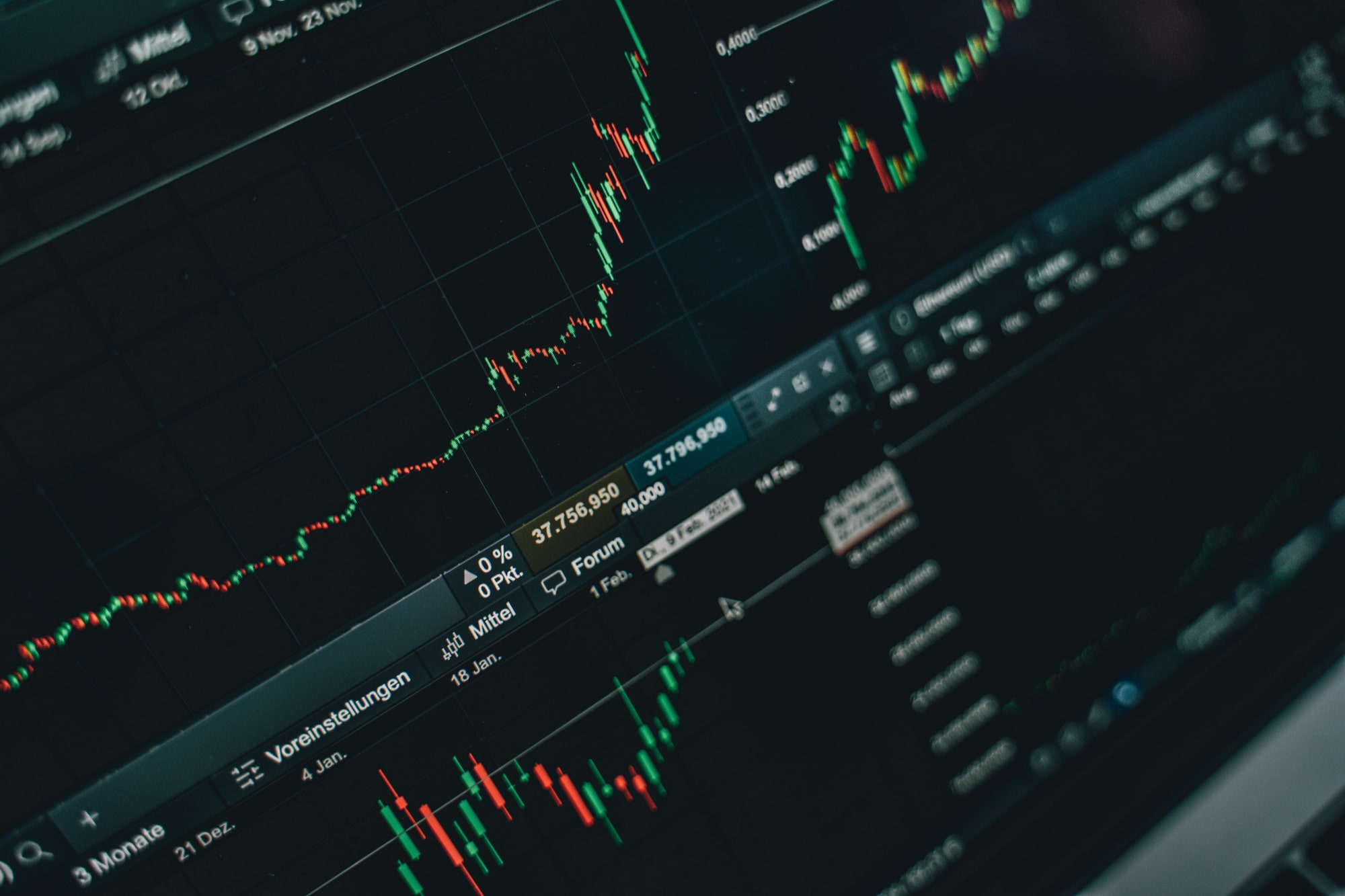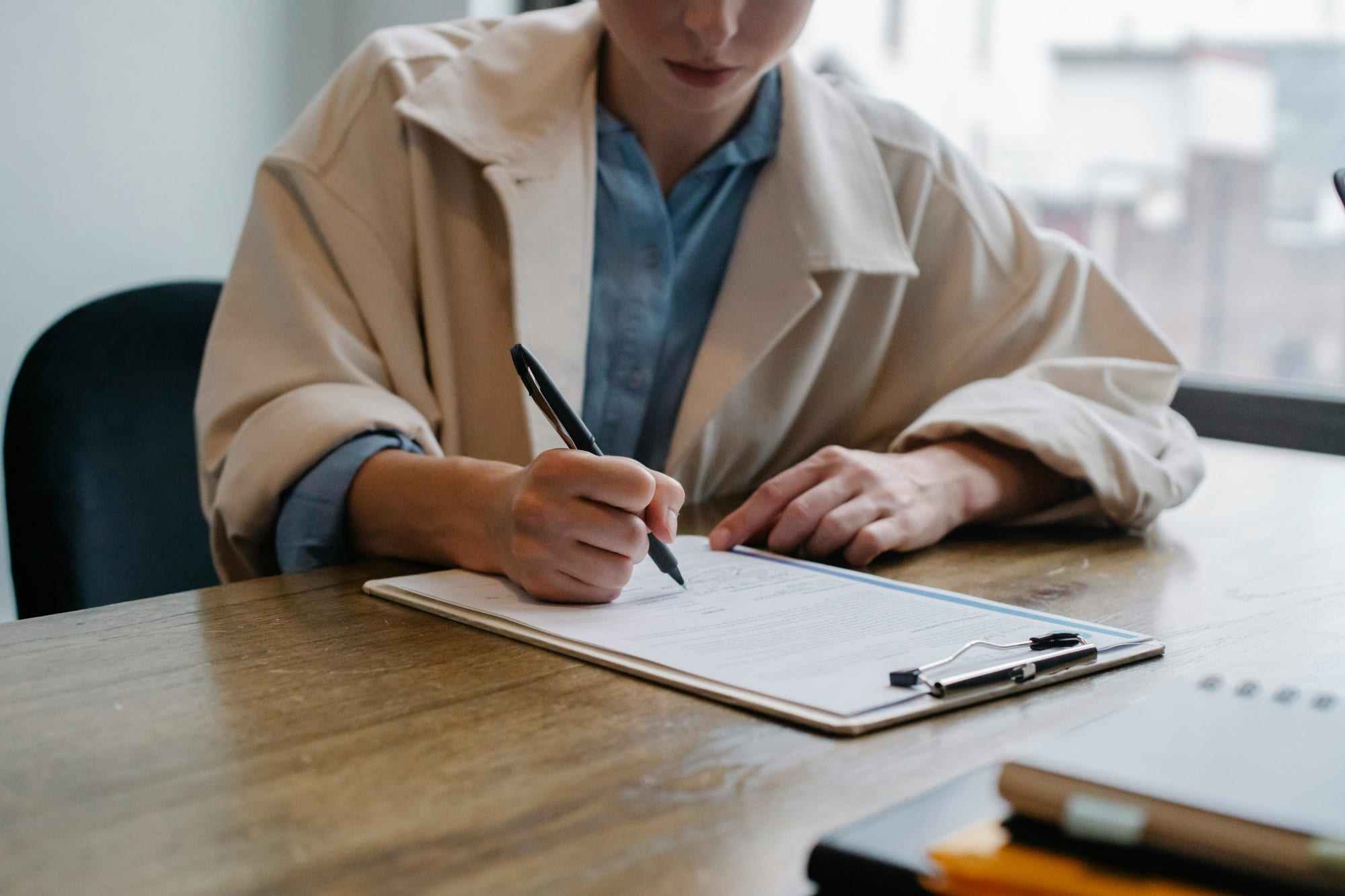Invest
Has the economy really reached a gentle turning point?
A leading economist has expressed disagreement with the Reserve Bank of Australia’s pronouncement that the domestic and international economies have reached a gentle turning point.
Has the economy really reached a gentle turning point?
A leading economist has expressed disagreement with the Reserve Bank of Australia’s pronouncement that the domestic and international economies have reached a gentle turning point.

During his “the year ahead” speech at the National Press Club, RBA governor Philip Lowe called the coronavirus and the bushfires as short-term economic speed bumps and said Australia is likely to have strong economic growth over the next two years.
“As I have been saying for some time, we are passing through a gentle turning point for the better,” Dr Lowe said.
The Australian economy will expand by 2¾ per cent over 2020 and 3 per cent the following year, while global growth is expected to grow at 2.9 and 3.3 per cent, respectively, Mr Lowe said during his speech.
The Reserve Bank believes the trend unemployment, which is showing signs of reducing over the past couple of months will continue throughout 2020.

“In terms of the labour market, we are expecting the unemployment rate to remain around its current level for a while yet, before declining below 5 per cent late next year as growth picks up,” Dr Lowe said.
The Reserve Bank said it thinks unemployment will edge lower and wages should grow as the spare capacity in the market shrinks, as should an increase in consumption through larger wages.
“The unemployment rate is also expected to decline, which should give people the confidence to spend. So it is reasonable to expect that things will improve from here, although it is hard to be precise about how much longer this period of balance sheet adjustment will continue,” Dr Lowe explained.
However, Dr Lowe conceded that the drought and coronavirus outbreak could have a negative impact on the economy.
“There is, however, likely to be a noticeable effect across the December quarter last year and the current quarter. While it is still difficult to be precise, we estimate that the effects of the bushfires will reduce GDP growth by around 0.2 percentage points across the two quarters.”
“We are also continuing to assess the effects of the drought on the economy. Farm output declined by 16 per cent between 2017 and 2019, and farm exports fell by 13 per cent.”
“A new uncertainty affecting the outlook is the outbreak of the coronavirus. It is too early to tell what the overall impact will be, but the SARS outbreak in 2003 may provide a guide. On that occasion, there was a sharp slowing in output growth in China for a few months, before a sharp bounce-back as the outbreak was controlled and economic stimulus measures were introduced,” Dr Lowe stated.
Dr Shane Oliver believes, however, that the impact from the coronavirus and the bushfires will be more severe, with the Australian economy likely to see two more cuts before the second half of the year.
“The Reserve Bank has taken advantage of the better economic data we have seen over the last few weeks to leave rates on hold,” said AMP’s chief economist.
“I really see this as the Reserve Bank waiting and seeing. November retail sales strengthened slightly, jobs figures and building approvals for December were encouraging, and inflation numbers weren’t low enough to push the Reserve Bank into another rate cut,” Dr Oliver said.
However, the economist noted the good stacked against the potential green shoots were the bushfire and the coronavirus, which are likely to have a negative impact on the economy.
“In other words, even as interest rates remain on hold, we should be preparing for cuts in the near future as the economy continues to underperform and spare capacity continues in the labour market. Inflationary pressures, judging from recent data around food costs, is expected to remain low,” Dr Oliver explained.
The economist believes Australia could be heading down the quantitative easing path by the second half of this year.
“Watch out for up to two more rate cuts from the RBA this year, with one coming in in the next month or so, and another soon thereafter, taking the official cash rate down to 0.25 per cent. The next question, which we’ll probably encounter in the second half of the year, is whether the Reserve Bank undertakes a program of quantitative easing and what form that might take,” Dr Oliver concluded.
About the author

About the author


Economy
RBA's hawkish stance reflects inflation concerns, State Street economist comments
In a recent statement, the Reserve Bank of Australia (RBA) has signaled a hawkish stance on interest rates, drawing insights from financial experts about the implications for Australia's economic ...Read more

Economy
Navigating the inflation maze: How CFOs can outsmart economic hurdles in Australia
Fresh inflation data have cooled expectations of near-term rate cuts in Australia, intensifying pressure on margins, capital allocation and demand. Rather than wait for monetary relief that may not ...Read more

Economy
Inflation concerns rise as Australia's CPI climbs to 3.8% in October
Australia's latest Consumer Price Index (CPI) figures have sent ripples through the economy, with headline inflation accelerating to 3.8% year-on-year in October, up from 3.6% in September. The data, ...Read more

Economy
October CPI results pose challenges for RBA’s monetary policy stance
In a surprising turn of events, the October Consumer Price Index (CPI) data has raised eyebrows among economists and market strategists, revealing stronger-than-expected inflationary pressures in ...Read more

Economy
Global deal activity declines by 6% amid economic uncertainty, reports GlobalData
In a year characterised by economic turbulence and evolving market conditions, global deal activity has witnessed a notable downturn during the first ten months of 2025. According to GlobalData, a ...Read more

Economy
Australia’s softening labour market puts another RBA cut in play — here’s what business should do now
A four-year high in unemployment has revived expectations the Reserve Bank could deliver another rate cut as soon as November. With quarterly GDP growth running at 0.6 per cent and annual growth at ...Read more

Economy
Rising CPI reinforces RBA’s stance as rate cut expectations remain: State Street
State Street Global Advisors says the Reserve Bank of Australia (RBA) is likely to hold its current policy outlook following the release of September quarter inflation data, which showed an unexpected ...Read more

Economy
NSW SES boosts tsunami preparedness ahead of World Tsunami Awareness Day
As World Tsunami Awareness Day approaches on 5 November, the New South Wales State Emergency Service (NSW SES) is ramping up efforts to enhance tsunami preparedness along the east coastRead more

Economy
RBA's hawkish stance reflects inflation concerns, State Street economist comments
In a recent statement, the Reserve Bank of Australia (RBA) has signaled a hawkish stance on interest rates, drawing insights from financial experts about the implications for Australia's economic ...Read more

Economy
Navigating the inflation maze: How CFOs can outsmart economic hurdles in Australia
Fresh inflation data have cooled expectations of near-term rate cuts in Australia, intensifying pressure on margins, capital allocation and demand. Rather than wait for monetary relief that may not ...Read more

Economy
Inflation concerns rise as Australia's CPI climbs to 3.8% in October
Australia's latest Consumer Price Index (CPI) figures have sent ripples through the economy, with headline inflation accelerating to 3.8% year-on-year in October, up from 3.6% in September. The data, ...Read more

Economy
October CPI results pose challenges for RBA’s monetary policy stance
In a surprising turn of events, the October Consumer Price Index (CPI) data has raised eyebrows among economists and market strategists, revealing stronger-than-expected inflationary pressures in ...Read more

Economy
Global deal activity declines by 6% amid economic uncertainty, reports GlobalData
In a year characterised by economic turbulence and evolving market conditions, global deal activity has witnessed a notable downturn during the first ten months of 2025. According to GlobalData, a ...Read more

Economy
Australia’s softening labour market puts another RBA cut in play — here’s what business should do now
A four-year high in unemployment has revived expectations the Reserve Bank could deliver another rate cut as soon as November. With quarterly GDP growth running at 0.6 per cent and annual growth at ...Read more

Economy
Rising CPI reinforces RBA’s stance as rate cut expectations remain: State Street
State Street Global Advisors says the Reserve Bank of Australia (RBA) is likely to hold its current policy outlook following the release of September quarter inflation data, which showed an unexpected ...Read more

Economy
NSW SES boosts tsunami preparedness ahead of World Tsunami Awareness Day
As World Tsunami Awareness Day approaches on 5 November, the New South Wales State Emergency Service (NSW SES) is ramping up efforts to enhance tsunami preparedness along the east coastRead more








